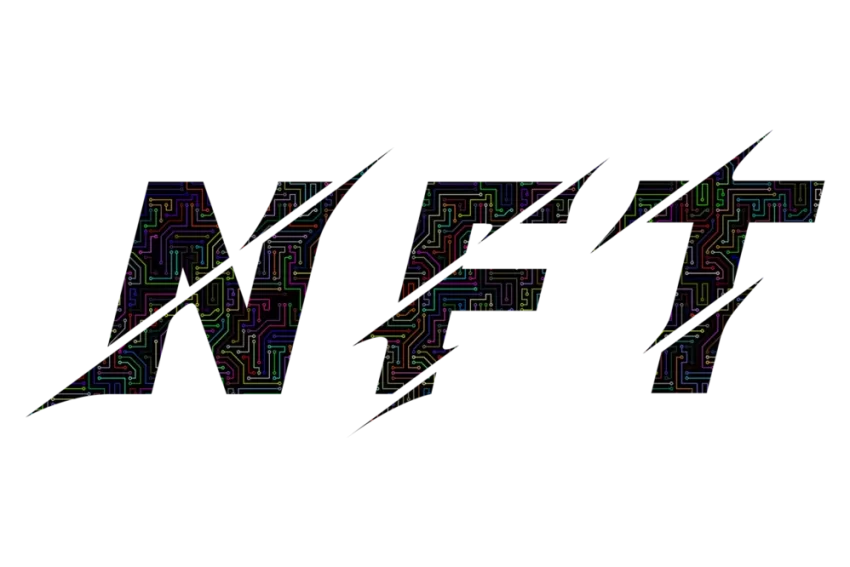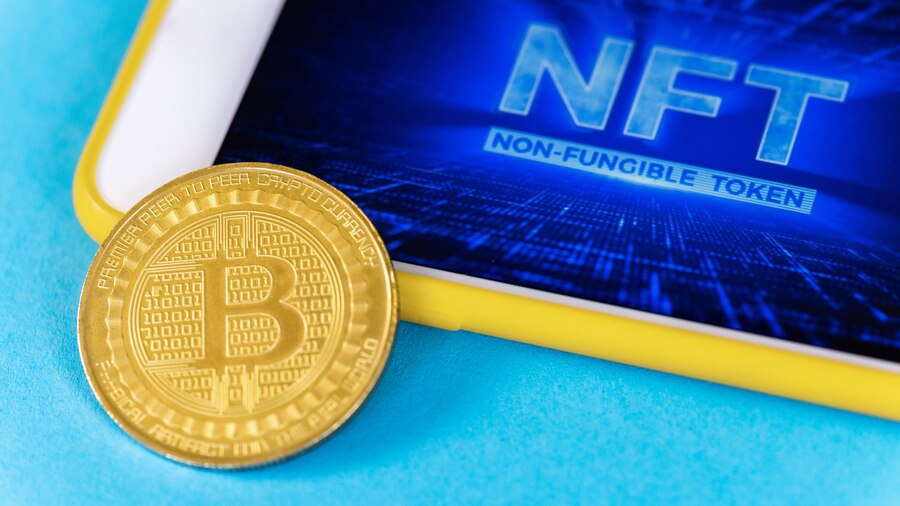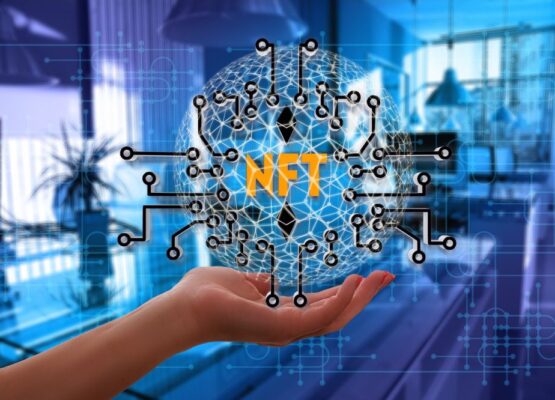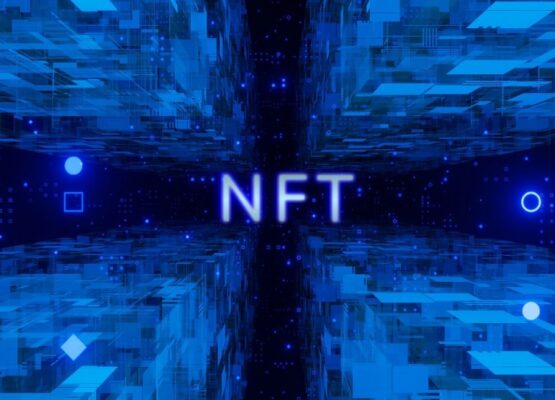As the world becomes increasingly digital, art is following suit. The rise of digital art witnessed a push by the emergence of NFTs or non-fungible tokens. It opened a floodgate of opportunities for artists to monetize their work and for collectors to invest in unique digital assets.
In this article, we look into the trend of NFTs and digital art and what it means for the future of art collecting.
Defining NFTs
NFTs are digital tokens designed to represent ownership of a unique asset, such as a piece of art or music. Unlike traditional cryptocurrencies like Bitcoin, NFTs are non-fungible, meaning each one is unique and cannot be replaced by another. The feature has made NFTs useful in blockchain development services as well. This makes them ideal for representing digital assets that have value because of their uniqueness, like a rare piece of artwork.
NFTs are stored on a blockchain, a decentralized ledger to record transactions. It means that it is easy to track and verify the ownership of an NFT. The process makes it easy for artists to sell their work and for collectors to authenticate their ownership. NFT is currently at the center of Metaverse NFT Game Development.
The Rise of Digital Art
Digital art has been around for decades, but it has only recently started to gain mainstream acceptance as a legitimate art form. With the increasing prevalence of smartphones, tablets, and computers, people are consuming more digital content than ever, and art is no exception.
Digital art encompasses a range of mediums, from digital paintings and drawings to 3D sculptures and virtual reality experiences. Since digital art originates and is consumed digitally, you can easily share and distribute it online. Hence, digital art is more accessible to a general audience than a traditional physical art.
NFTs and Digital Art: A Perfect Match
The emergence of NFTs has opened up new opportunities for artists to monetize their digital art. By minting their work as NFTs, artists can sell them as unique, one-of-a-kind assets that collectors can invest in. The principle creates a new market for digital art, with some pieces selling for millions of dollars.
One of the benefits of NFTs for artists is that they can receive a percentage of any future sales of their work. This means that if a collector resells an NFT at a higher price, the artist can receive a cut of the profits. This provides an ongoing revenue stream for artists, which seems impossible with traditional physical art sales.
For collectors, NFTs provide a way to invest in digital art as a unique asset. Because each NFT is unique it can appreciate over time, just like a physical piece of art. And because NFTs are stored on a blockchain, their ownership can be easily verified and tracked, making them a secure investment.
The Future of Art Collecting
The NFT and digital art trends are still in their early stages, but have already disrupted the art world. It has opened up new opportunities for artists to monetize their work and for collectors to invest in unique digital assets. And as the technology behind NFTs continues to evolve, we can expect to see even more innovative uses in the art world.
One potential area of growth for NFTs is in the world of virtual reality. As virtual reality technology makes categorical advancements, concepts like Metaverse are ushering a new era. Artists will have new ways to create immersive digital experiences that they can sell as NFTs. This could create a new market for collectors interested in investing in cutting-edge digital art.
Another potential area of growth for NFTs is in the world of gaming. As the gaming industry continues to grow, we can expect to see more opportunities for artists to create digital assets to be sold as NFTs. For example, in some games, players can purchase and trade virtual items, such as weapons or skins. By minting these items as NFTs, game developers can provide players with a way to truly own digital assets and even sell them to other players.
However, there are also concerns about the environmental impact of NFTs. The process of minting an NFT and storing it on a blockchain requires a significant amount of energy, which can contribute to carbon emissions. As the use of NFTs grows, it will be important to find ways to minimize their environmental impact.
Conclusion
NFTs and digital art are a trend that is here to stay. They have opened up new opportunities for artists to monetize their work and for collectors to invest in unique digital assets. As the technology behind NFTs continues to evolve, we can expect to see even more innovative uses for them in the art world, from virtual reality experiences to gaming assets. However, it will also be important to address concerns about the environmental impact of NFTs as their use continues to grow. NFT is still at a nascent stage when compared to the quality of blockchain development services available. Overall, NFTs and digital art are exciting developments in the world of art collecting, and we can expect to see even more growth and innovation in this space in the coming years.




